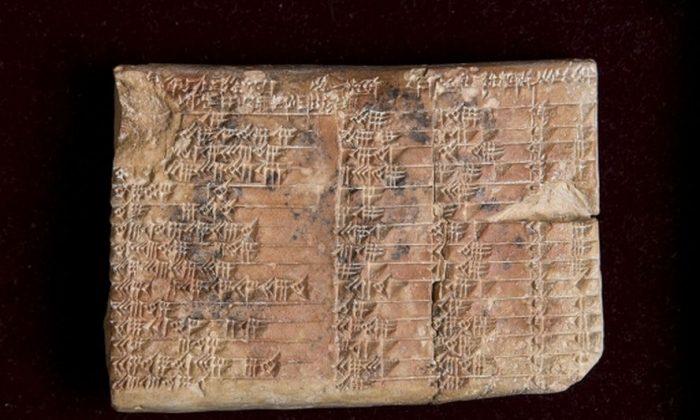A 3,700-year-old Babylonian tablet was translated and might rewrite the history of math, suggesting that trigonometry may have been developed before the ancient Greeks.
The researchers said the tablet proves that the Babylonians developed trigonometry some 1,500 years prior to the Greeks.





